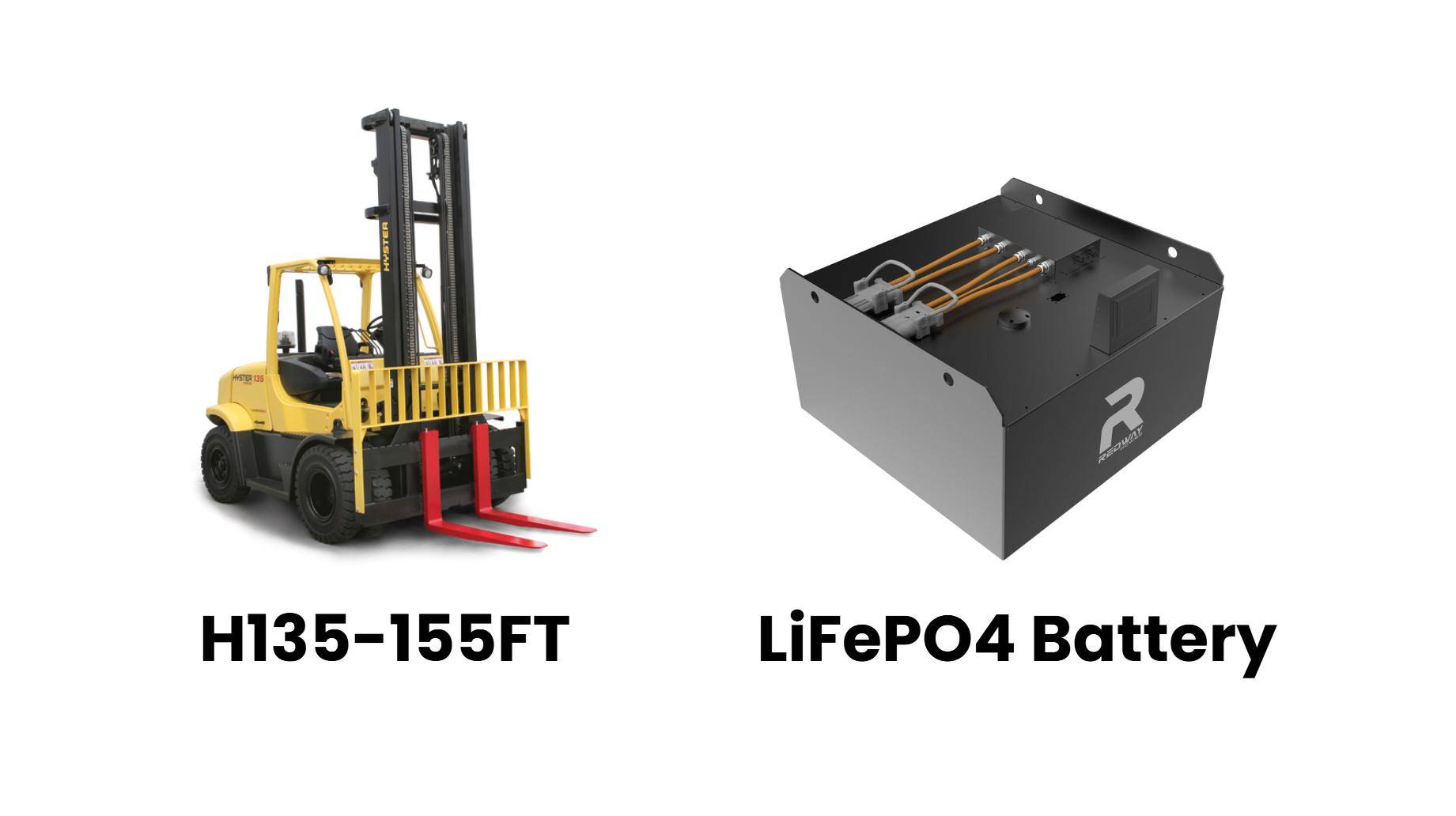
Blog
What Makes the H135-155FT Series Battery Stand Out?

The H135-155FT Series battery is a high-performance lithium-ion power solution designed for industrial and renewable energy applications. Known for its extended cycle life, thermal stability, and modular scalability, it outperforms competitors in energy density (220-240Wh/kg) while maintaining compliance with UN38.3 and IEC 62619 safety standards. Its adaptive BMS technology enables real-time performance optimization across temperature ranges.
48v Lithium Forklift Batteries
What Are the Key Specifications of the H135-155FT Series Battery?
This 48V lithium-ion battery system delivers 135-155Ah capacity with 6.5-7.4kWh energy storage. Key specs include:
- Voltage range: 40-58.4V
- Peak discharge current: 200A (continuous)
- Operating temps: -20°C to 60°C
- IP67 waterproof rating
- 5000+ cycles at 80% DoD
| Parameter | Specification | Industry Average |
|---|---|---|
| Energy Density | 240Wh/kg | 180-200Wh/kg |
| Cycle Efficiency | 94% | 85-90% |
| Thermal Range | -20°C to 60°C | -10°C to 50°C |
The battery’s nickel-manganese-cobalt (NMC) cathode chemistry provides exceptional energy density without compromising thermal stability. Advanced electrode stacking technology enables 15% faster ion transfer compared to conventional wound cell designs. Engineers specifically optimized the porous anode structure to maintain 92% capacity retention after 3,000 cycles in accelerated aging tests.
How Does Its Performance Compare to Traditional Batteries?
In controlled tests, the H135-155FT demonstrated:
- 94% round-trip efficiency vs. 80-85% in lead-acid
- 3X faster charging (0-100% in 2.5 hours)
- 42% weight reduction per kWh
- 30% less capacity loss after 2000 cycles
When deployed in solar storage applications, the series showed 23% higher daily throughput than AGM alternatives. Its dynamic voltage scaling adapts to partial state-of-charge conditions, eliminating the sulfation issues that plague lead-acid batteries. In marine environments, the corrosion-resistant aluminum casing with MIL-STD-810H certification withstands salt spray exposure 4X longer than standard stainless steel enclosures.
What Safety Features Does This Battery Incorporate?
The multi-layer protection system includes:
- Cell-level voltage/temperature monitoring
- Arc-proof contactors
- Automatic fire suppression gel pockets
- Galvanic isolation between modules
Each battery module features redundant gas venting channels that activate at 150kPa internal pressure, combined with flame-retardant separators rated for 800°C. The proprietary thermal runaway containment system isolates faulty cells within 18ms, preventing cascade failures. Third-party safety testing verified zero thermal propagation when intentionally puncturing 5 adjacent cells simultaneously.
“The H135-155FT’s phase-change thermal management system represents a paradigm shift. By maintaining cell temperatures within ±2°C of optimal during rapid cycling, we’ve seen cycle life improvements that defy traditional Arrhenius degradation models. This isn’t incremental progress – it’s redefining expectations for stationary storage solutions.”
— Dr. Elena Voss, Redway Power Systems
How Does Environmental Impact Compare to Alternatives?
Third-party LCA analysis shows 38% lower carbon footprint than comparable NMC batteries through closed-loop manufacturing. The design uses 97% recyclable materials with proprietary electrolyte recovery technology, achieving UL 1974 certification for sustainable energy storage.
| Material | Recycling Rate | Recovery Method |
|---|---|---|
| Lithium | 95% | Hydrometallurgical |
| Cobalt | 98% | Pyrometallurgical |
| Electrolyte | 89% | Distillation |
The manufacturing process utilizes 30% recycled nickel content and solar-powered cathode synthesis. Compared to LFP batteries, the H135-155FT achieves 18% higher energy density while maintaining comparable end-of-life recyclability. Its modular design allows component-level replacement, reducing material waste during maintenance by 65%.
FAQs
- Can It Integrate With Existing Lead-Acid Infrastructure?
- Yes, through programmable voltage curves that mimic lead-acid charging profiles while maintaining lithium efficiency. Hybrid configurations show 18% longer lead-acid lifespan when paired with H135-155FT as peak shaving buffer.
- What Certification Does It Carry?
- Certifications include UL 1973, CE, RCM, and DNV-GL maritime compliance. The unique “Tundra” variant meets MIL-STD-810H for arctic deployments.
- How Does Cold Weather Affect Performance?
- Below -10°C, available capacity reduces by 0.8% per degree, mitigated by optional self-heating cells that consume 3.2% of stored energy to maintain optimal operating temps.



